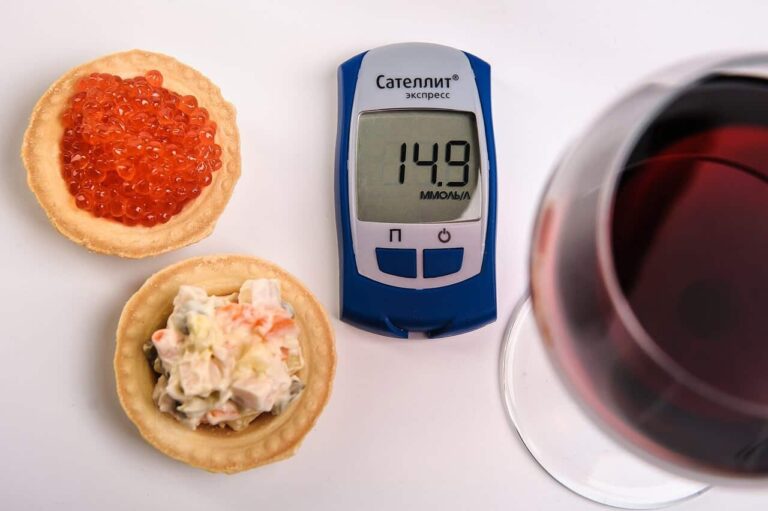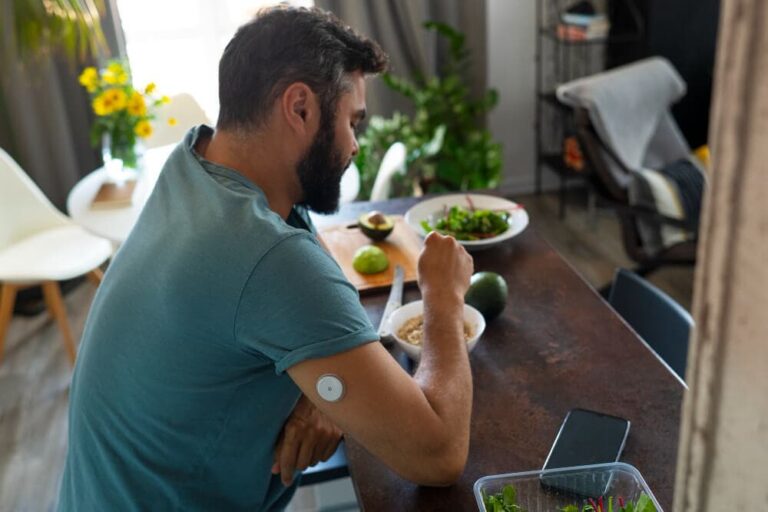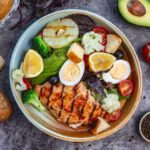Let’s be honest. Learning to dose insulin for Type 1 Diabetes feels less like a science and more like a chaotic, improvisational jazz performance. You think you’ve mastered the melody, and then someone adds a slice of pizza to the mix, and the whole tune changes. You go for a walk, and suddenly you’re playing in a completely different key.
Welcome to the wonderfully complex, occasionally frustrating, and deeply personal art of insulin dosing.
If you’re newly diagnosed, the sheer amount of math can feel overwhelming. If you’re a seasoned veteran, you know that even after years, you can still be humbled by a stubborn high or a surprise low. This isn’t your textbook medical lecture. This is your real-life crash course, a guide written from the trenches.
We’re here to demystify the numbers, decode the variables, and remind you that you’ve absolutely got this. Because you are the pancreas now. You get to call the shots—literally.
The Standard Disclaimer: I am your trusted content manager and fellow T1D, not a medical professional. This guide is for educational purposes, based on established diabetes management principles and lived experience. Your insulin ratios, targets, and strategies are unique to YOU. Please work closely with your endocrinologist or diabetes educator to fine-tune your personal dosing plan.
The Two Pillars of Your New Pancreas: Basal & Bolus
First things first. Not all insulin is created equal. Your new, external pancreas runs on two different types of fuel.
- Basal Insulin: The “Lights On” Insulin
- Purpose: This is your slow, steady, background insulin. It works 24/7 to cover your body’s basic glucose output from the liver and keeps you stable between meals and overnight.
- Think of it as: The electricity that keeps the lights on in your house. You don’t notice it when it’s working, but you definitely notice when it’s gone.
- Examples: Long-acting injections like Lantus, Tresiba, Levemir, or the continuous drip from an insulin pump.
- Bolus Insulin: The “Food & Fix” Insulin
- Purpose: This is your fast-acting insulin that you take for two reasons: to cover the carbohydrates in a meal (a “meal bolus”) or to correct a high blood sugar (a “correction bolus”).
- Think of it as: The power you use when you turn on a specific appliance, like a toaster or a microwave. It’s a targeted burst of energy for a specific job.
- Examples: Rapid-acting injections like Humalog, Novolog, Fiasp, or the bolus function on an insulin pump.
Understanding this division of labor is the foundation of everything else.
The Core Equation: Decoding Your Personal Dosing Formula
At its heart, most bolus doses are calculated using two key personal formulas. These aren’t just numbers; they are the unique language of your metabolism.
1. The Insulin-to-Carb Ratio (ICR): Your “Food Recipe”
Your ICR tells you how many grams of carbohydrates are “covered” by one unit of bolus insulin. This is the cornerstone of mealtime dosing.
- The Math: If your ICR is 1:10, it means 1 unit of insulin covers 10 grams of carbs.
- In Action: You’re about to eat a sandwich with 50g of carbs.
- Calculation: 50g (carbs) ÷ 10 (your ratio) = 5 units of insulin.
The Reality Check: Your ICR is not a single number! It can change.
- Time of Day: Many people are more insulin-resistant in the morning (thanks to the “dawn phenomenon”) and need a stronger ratio, like 1:8. By the evening, they might be more sensitive and use a ratio of 1:12.
- The takeaway: Work with your doctor to test and establish different ICRs for different times of the day.
2. The Correction Factor (CF): Your “High BG Eraser”
Also called the Insulin Sensitivity Factor (ISF), this number tells you how many points (in mg/dL or mmol/L) your blood sugar will drop with one unit of bolus insulin. This is how you calculate a correction dose.
- The Math: If your CF is 1:50, it means 1 unit of insulin lowers your blood sugar by 50 mg/dL.
- In Action: Your target blood sugar is 100 mg/dL, but your meter reads 250 mg/dL.
- First, find the difference: 250 (current) – 100 (target) = 150 mg/dL (This is how many points you need to drop).
- Calculation: 150 (the difference) ÷ 50 (your factor) = 3 units of insulin to correct.
Putting It All Together: If you are at 250 mg/dL and about to eat that 50g carb sandwich, your total dose would be 5 units (for food) + 3 units (for correction) = 8 units.
For a deeper dive into these calculations, the diatribe.org’s guide to dosing is a fantastic resource.
Beyond the Numbers: The Art of Timing and Texture
If it were just about math, a computer could do this job. But we’re dealing with biology. The timing of your dose and the type of food you eat are just as important as the numbers.
The Pre-Bolus: Your Secret Weapon Against Spikes
You wouldn’t start cooking pasta after your guests have already arrived. Similarly, you need to give your insulin a head start. Pre-bolusing means taking your insulin 10-20 minutes before you start eating. This allows the insulin to get “active” in your system and be ready to meet the carbs as they arrive, preventing that dreaded post-meal spike.
The Pizza Effect: When Fat and Protein Crash the Party
This is Insulin Dosing 201. Why does pizza, ice cream, or a greasy burger wreak such havoc? It’s that fat and protein “afterparty“ we’ve talked about.
- Fat slows down digestion dramatically. The carbs from the pizza dough don’t hit your system for hours.
- Your pre-bolus peaks and fades, leaving you vulnerable to a slow, stubborn, massive high 4-6 hours later.
- The Strategy: This is where advanced tools shine.
- Insulin Pump Users: Use an Extended Bolus or Combo Bolus. This delivers a portion of the dose upfront and the rest over several hours, mimicking the slow digestion.
- MDI (Injection) Users: This is trickier. It might involve splitting the dose into two separate injections—one before the meal and a smaller one 1-2 hours later. This is an advanced technique that you must discuss with your doctor before attempting.
The Most Powerful Tool in Your Kit: Your Logbook
You cannot manage what you do not measure. The single best way to master your dosing is to become a data detective. Whether it’s a dedicated app (like MySugr) or a simple notebook, track everything:
- What you ate (and the carb count)
- Your insulin dose (and timing)
- Your BG before, and 2-4 hours after
- Any other factors: exercise, stress, sleep, etc.
After a week or two, patterns will emerge from the noise. You’ll see, “Ah, every time I eat oatmeal, I need to bolus 20 minutes before” or “My correction factor is weaker in the afternoon.” This data is your personalized instruction manual.
Final Thoughts: Grace Over Perfection
You will have days where you nail every dose and feel like a metabolic superhero. You will have days where you forget to bolus for a snack, “rage bolus” a stubborn high into a crashing low, or stare at your CGM wondering what on earth is happening.
All of it is okay. All of it is part of the process.
The goal isn’t to be a perfect, flawless pancreas. The goal is to be a curious, resilient, and forgiving one. Learn from the data, adjust your strategy, and give yourself grace. This is a marathon, not a sprint, and you’re learning one of the most complex skills on the planet. You’re doing great.











